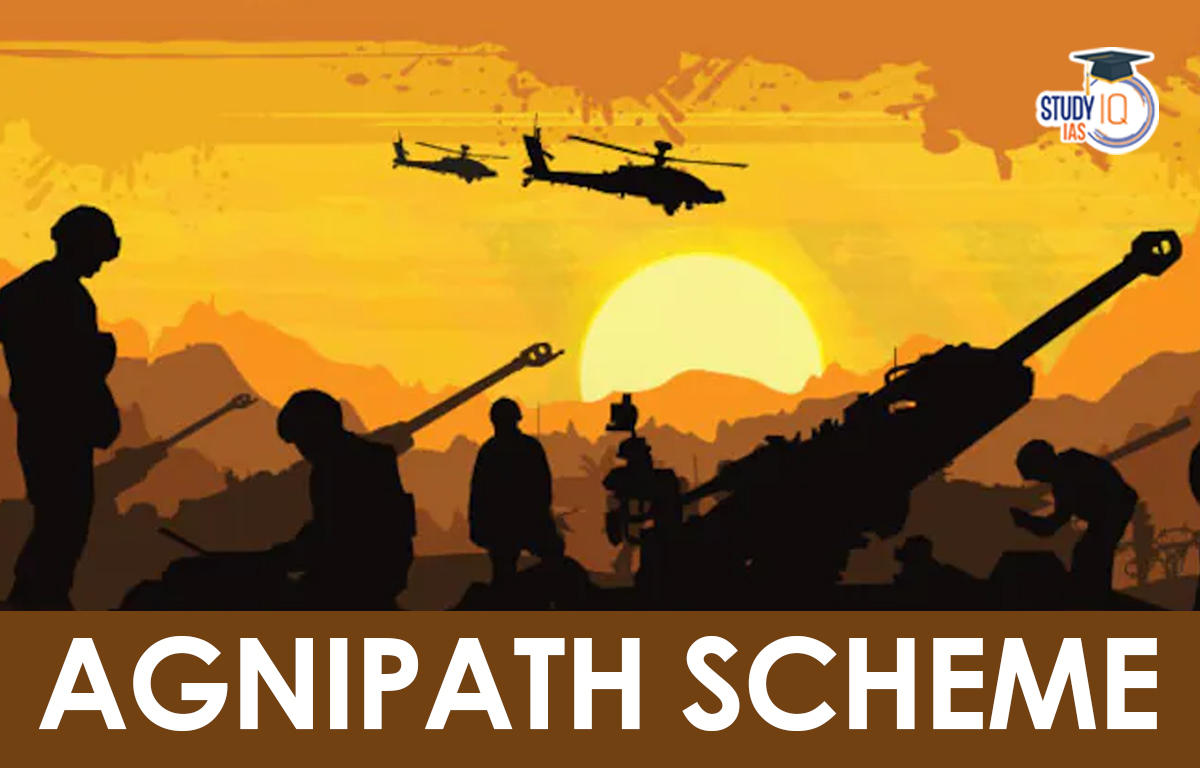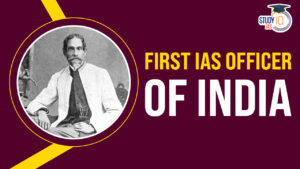Table of Contents
Context: The Agnipath scheme for recruitment to the armed forces has been upheld by the Supreme Court.
Agnipath Scheme Background
- The petition was filed by some of the candidates who were shortlisted in the earlier recruitment process to Army and Air Force. They had claimed to have rejected other jobs based on this list.
- The government cancelled the recruitment process when Agnipath scheme was notified.
- The petitioners had argued that since their names appeared in a provisional list for recruitment, the government must be directed to complete the old process citing the doctrine of promissory estoppel.
Decoding the Judgment of the Court
- Arguments:
- The petitioner had argued that the government’s act of putting up a shortlist etc would be a “promise” made by it.
- The candidates (plaintiffs in this case) acted based on that promise and refused other jobs.
- They had suffered losses when government cancelled the previous recruitment process and now must be compensated for their loss.
- Opinion of judges:
- The judges opined that the doctrine of promissory estoppel is always subject to overarching public interest.
- The issue was not a contract matter where promissory estoppel in public law could be applied, it was a public employment and the principle will not be applicable.
The Agnipath Scheme
- Agnipath Scheme is a recruitment process launched by the central government wherein selected candidates will be enrolled for four years period in Indian Armed Forces.
- Kargil Review Committee proposed the retention of soldiers for a shorter duration of time as opposed to the existing structure of 15 to 20 years.
- Under this scheme, the youth joining the army will be called Agniveer. Youth will be able to be recruited into the army for a short duration.
- Eligibility criteria under the scheme:
- It is applicable only for personnel below officer ranks
- Aspirants should be between the ages of 17.5 years and 21 years
- Selection: Selection will be done through rallies twice a year. Recruits will be trained for six months and then will be deployed for three and a half years.
- Permanent commission: Only 25 percent of the recruits will be given a permanent commission based on merit.
- The four-year period will not be considered for retirement benefits after permanent commission.
- Salary: They will be eligible for a starting salary of Rs 30,000, along with additional benefits which will go up to Rs 40,000 by the end of the service.
- Other perks associated with the scheme include:
- Rs 11.71 lakh tax-free lump sum amount as ‘Seva Nidhi’ after four-year service.
- Soldiers will have to contribute 30 per cent of their salary for this purpose and government will make a matching contribution.
- Soldiers leaving after four years will be provided with skill certificates and bridge courses for future career.
- Life insurance cover of Rs 48 lakh and ex-gratia payment of Rs 44 lakh in case of death.
- They will get disability payment of Rs 44/25/15 lakh respectively for 100/75/50 per cent disability.
Analysis of the Agnipath Scheme
| Advantage | Disadvantages |
| It will execute a fundamental change in the military’s recruitment practices.
The number of young soldiers in the armed forces will increase. Agniveers will get the opportunity to receive training from the greatest universities and improve their abilities and credentials. Agniveers will be provided a one-time “Seva Nidhi” package at the end of their four-year engagement, which can be used by them for their next phase of life. |
There has been no pilot scheme to understand the effectiveness of the scheme.
The scheme could weaken military culture, professionalism, and combat spirit. The recruits can only serve for a term of four years, whereas an effective soldier needs 7-8 years of experience. The recruits will be hesitant to immerse themselves in their job as majority of them will be leaving the organisation. A short-term military stint may result in militarisation of society. A trained individual may turn counterproductive for the society. |
Significance of the Agnipath Scheme
- Younger armed forces: The current average age profile for India’s Armed Forces is 32 years. It is envisaged it will come down by about 4-5 years by implementation of this scheme
- Leaner Force: Since majority of the recruits under the scheme will leave the force in four years, the move is likely to make permanent forces much leaner.
- Financial Prudence: The scheme will save considerable amount on defence pension bill. The saved expenditure can be allocated for modernization of the armed forces.
- Trained and skilled force: A youthful armed forces will allow them to be easily trained for new technologies. They will easily adapt.
- Employment opportunities: Apart from job opportunities in the army, Agniveers are more likely to get employment in various fields due to their experience in armed forces.
- Buffer Force: The ex-Agniveers could act as reserve force, who may be called to serve again for boosting national security in times of external/internal threats.
- Global Practices: Similar practice is carried out in other countries as well. There is a trend towards reduction in the number of personnel and emphasis on increasing capital expenditure on modern weapons and equipment.


 UPSC Calendar 2025 Announced at upsc.gov...
UPSC Calendar 2025 Announced at upsc.gov...
 First IAS Officer of India Satyendranath...
First IAS Officer of India Satyendranath...
 BPSC Post List 2024, Check out Salary Wi...
BPSC Post List 2024, Check out Salary Wi...

















